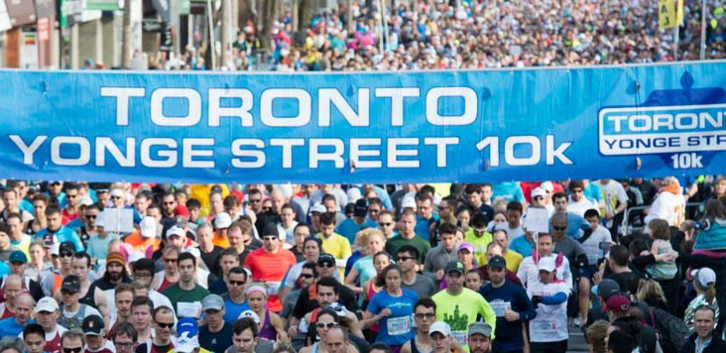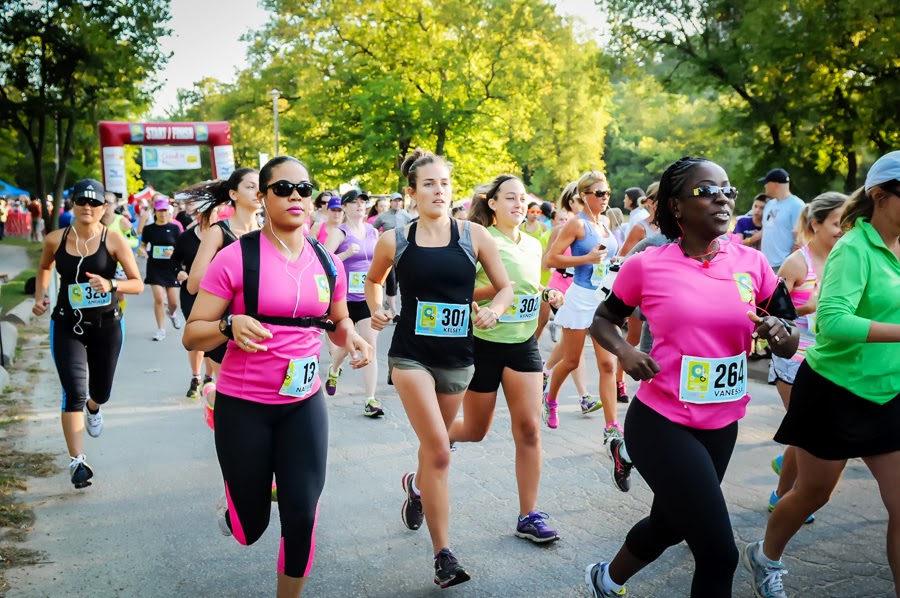How to train for your first 10K
A practical guide to hitting those double digits

So you’ve accomplished your goal of running your first 5K, and now you’re ready to tackle a longer distance. A 10K is a great next step, but training for it doesn’t mean simply running twice as much mileage. If you’re tackling your first 10K this year, follow this guide to make sure you’re ready when race day arrives.

Increase your mileage
While you don’t have to double the amount you were running when training for 5K, you will have to increase your weekly mileage a bit. Ideally, you should aim to run about 25 kilometres per week when training for 10K, but you don’t have to start running that much right away. Work your way up to it gradually, adding about 10 per cent per week until you get there.
It’s important to remember that you don’t have to run longer every day of the week. Instead, start by adding one long run each week, gradually increasing your distance until you’re running at least eight kilometres in one shot. From there, you only need to run three more runs per week of five to six kilometres to reach the 25 kilometre total.
Remember, these runs don’t have to be fast or strenuous — especially your long run. Most days, the focus should be on easy, steady mileage, which will build time on your feet and allow you to recover properly from your harder days (see below).
Add some speed

Now that you’re used to following a regular running schedule, you can start to add some speedwork into your training to help you become a faster, more efficient runner. You don’t have to start out with any gut-busting track workouts, but adding some hill repeats to build strength, some strides to work on your form or doing a couple of fartleks to get your legs moving faster is a great way to introduce your body to some harder running.
Build some strength
As you begin to increase your mileage, it becomes more and more important to have a strong body that can withstand the stress of running. Adding a couple of strength training sessions into your schedule each week will help decrease your risk of injuries so that you can continue to train uninterrupted. The good news is, you don’t have to make your strength sessions very long or complicated in order to see results. Not sure how to get started? Check out this beginner guide to start off on the right foot.
How long should I train before my 10K?

If you can run 5K you can run 10, which likely means you can be ready to toe the start line of your goal race sooner than you think. Most experts recommend giving yourself eight weeks to build from 5K to 10K, with three weeks of increasing mileage, followed by one week of no increases to adapt to the new volume, followed by that same cycle again.
Toronto’s famous Sporting Life 10K is back and better than ever
The bottom line
10K may seem like a big jump if you’ve been training for half the distance, but all it takes is a few small tweaks to your current training plan to start progressing to your new goal. Remember, just as you did with your 5K training, start slowly and increase your distance gradually, and you’ll be running double the distance before you know it.


